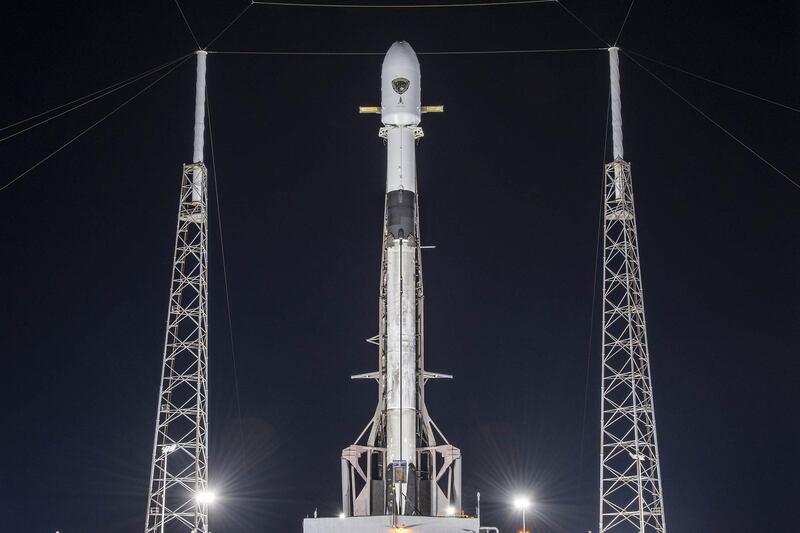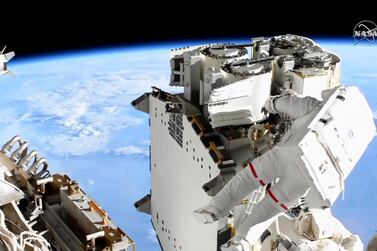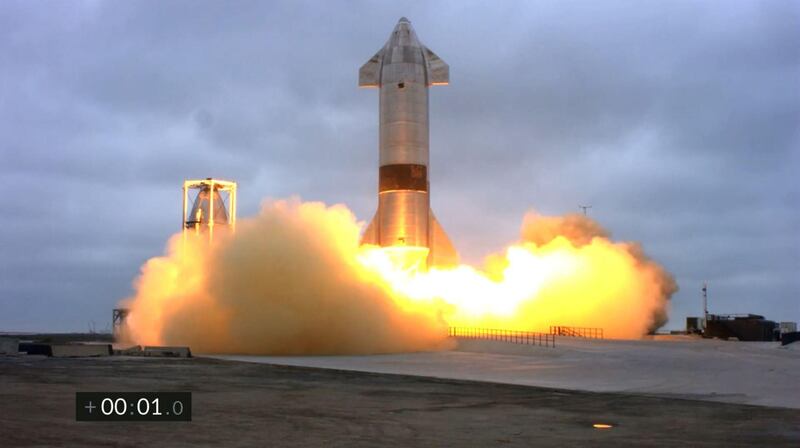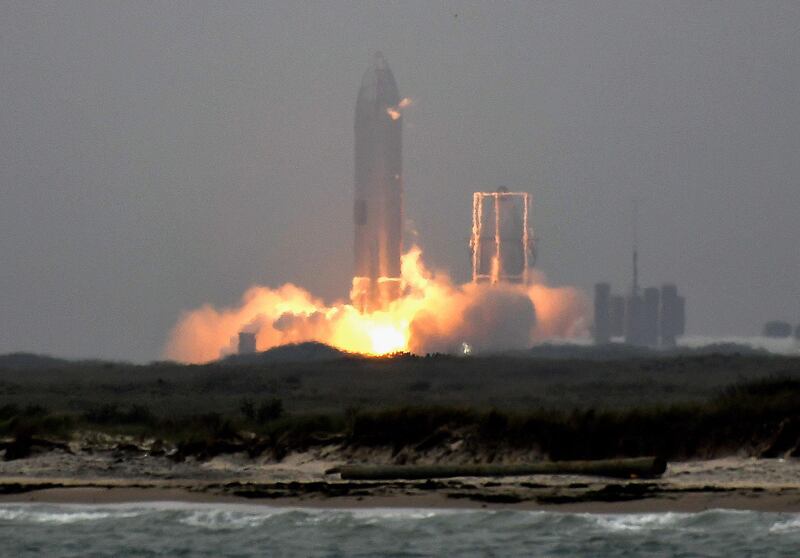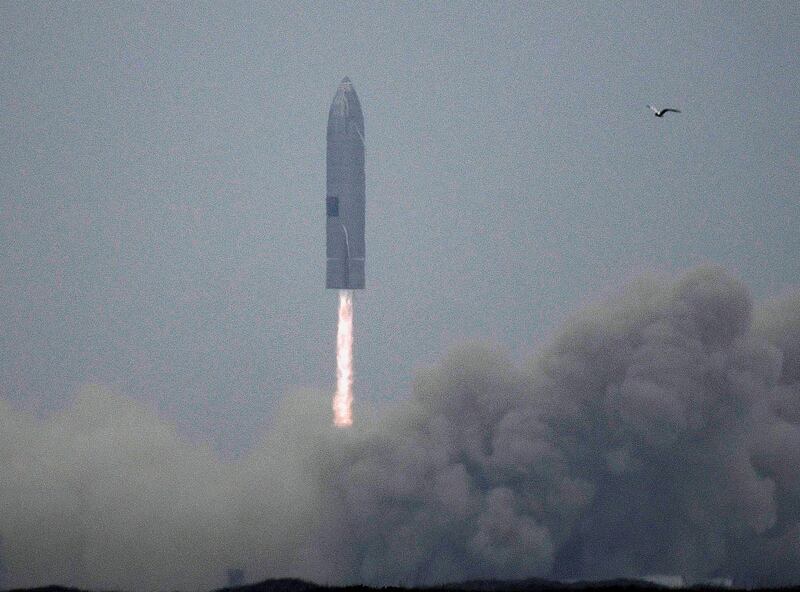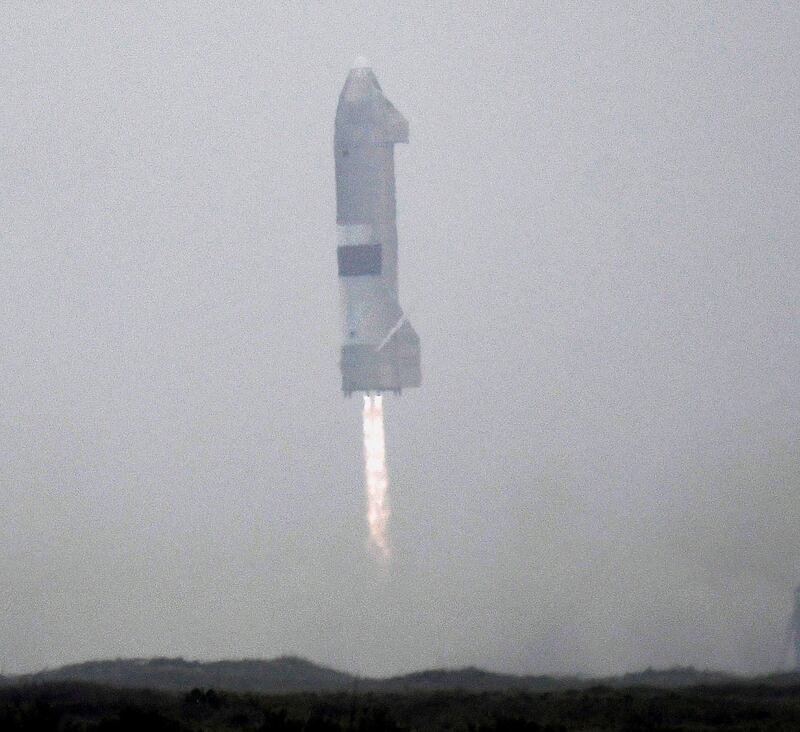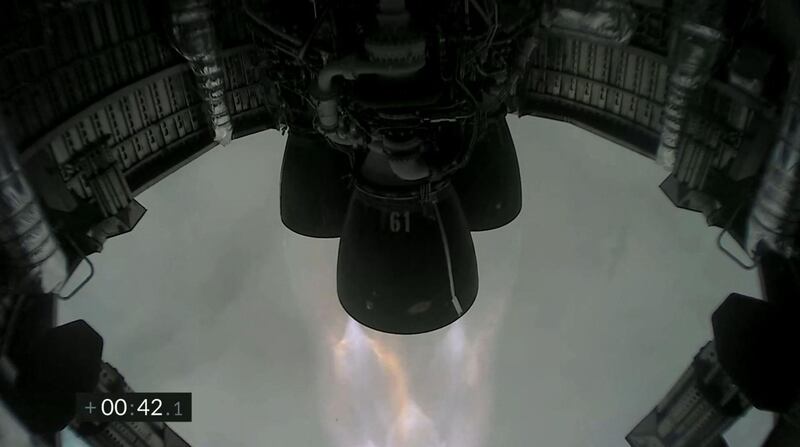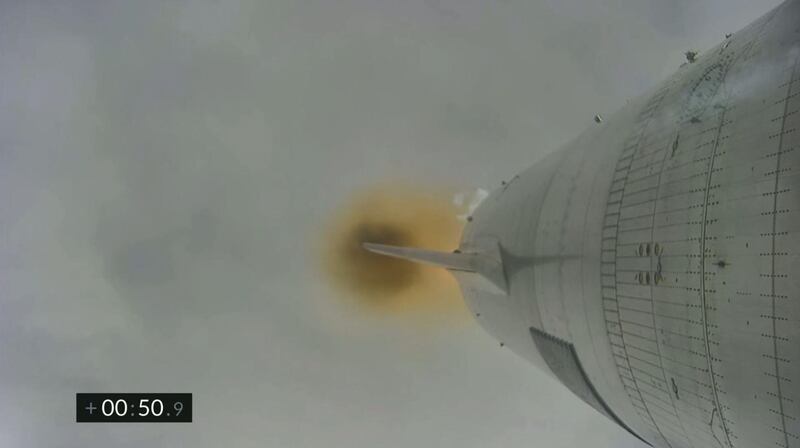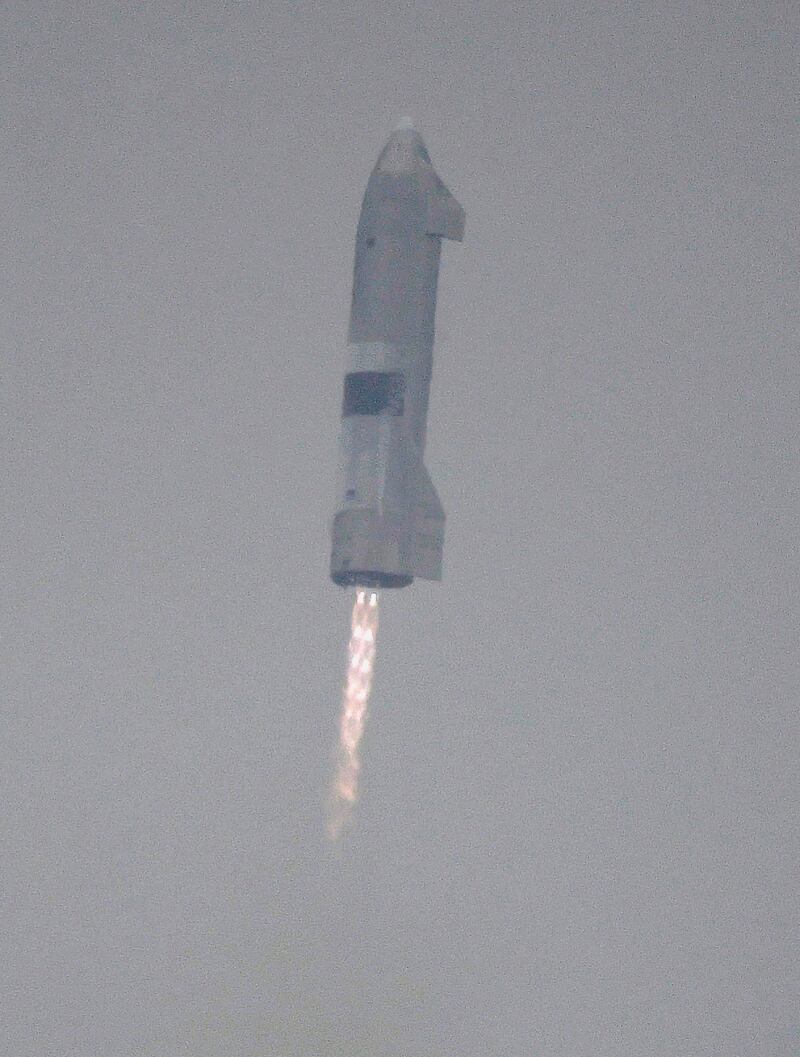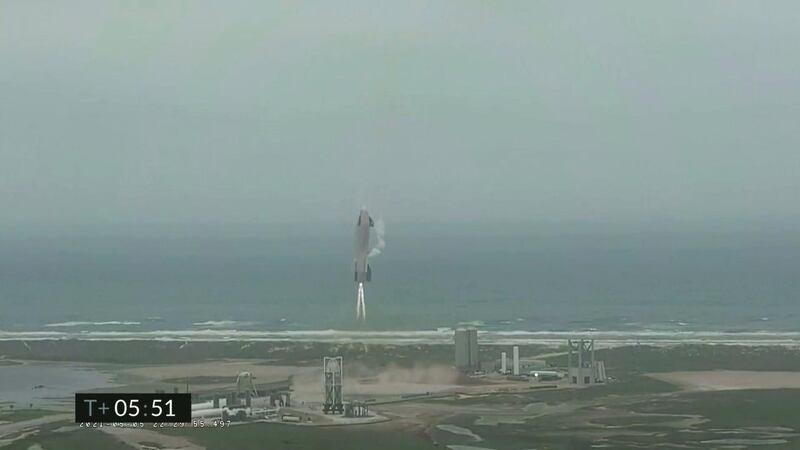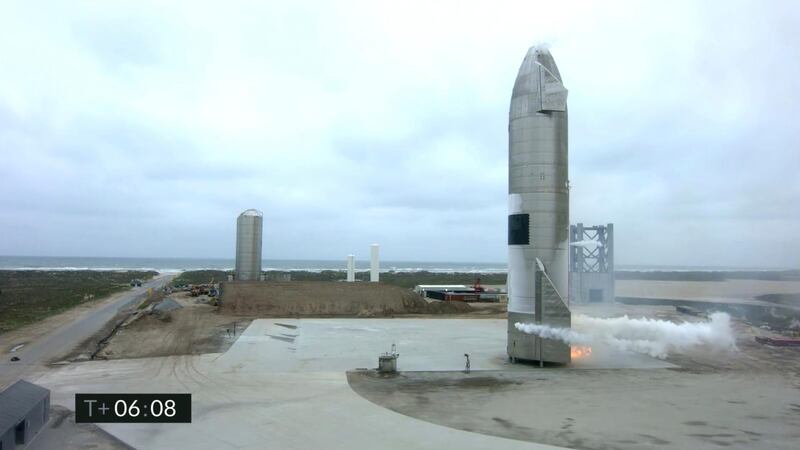SpaceX put a US military satellite into orbit using a reusable rocket for the first time on Thursday, opening the way for closer collaboration between Elon Musk’s commercial space company and the Pentagon.
One of the company’s Falcon 9 rockets took off from a launch pad at the US Space Force station in Cape Canaveral, carrying a Lockheed Martin-built navigation satellite.
Falcon 9 rockets have flown and landed successfully 66 times in a row since 2017, but Thursday’s launch was the first time that US military officials entrusted the company's flagship reusable rocket with a national security mission.
After years of planning, military officials cleared SpaceX to carry military payloads like satellites using reusable rockets on Monday, which will allow the Space Force to reduce the cost of its missions.
The Falcon 9 is partially reusable, with the main engine stage designed to land on an autonomous ship so that it can fly again.
Nicknamed Neil Armstrong, the Global Positioning System (GPS) satellite due which flew into space on Thursday is part of the latest generation of navigation satellites designed and built by Lockheed Martin.
It will join a network of dozens of other GPS satellites orbiting more than 20,000 kilometres above the Earth.
GPS is used around the world for location, navigation and mapping, and the system was first built in the 1970s as a military project for the US Department of Defence.
Thursday’s launch marked a shift in the US military’s approach to space missions, which have mostly been handled by established aerospace giants like Boeing, using proven but more expensive technology.
Walter Lauderdale, the deputy mission director at the Space Force’s Space and Missile Systems Centre, on Monday told reporters: “In preparation for this first-time event, we’ve worked closely with SpaceX understand the refurbishment processes and are confident that this rocket is ready for its next flight.”
The US military has also taken an interest in SpaceX’s planned super heavy lift rocket, Starship.
The US air force budget proposal for 2022 included nearly $50 million for a project named Rocket Cargo, which seeks to develop the capability to deliver 100 tons of cargo anywhere on Earth in an hour.
Although it does not refer explicitly to Starship, the SpaceX vehicle is the only one in development with this kind of capability.
